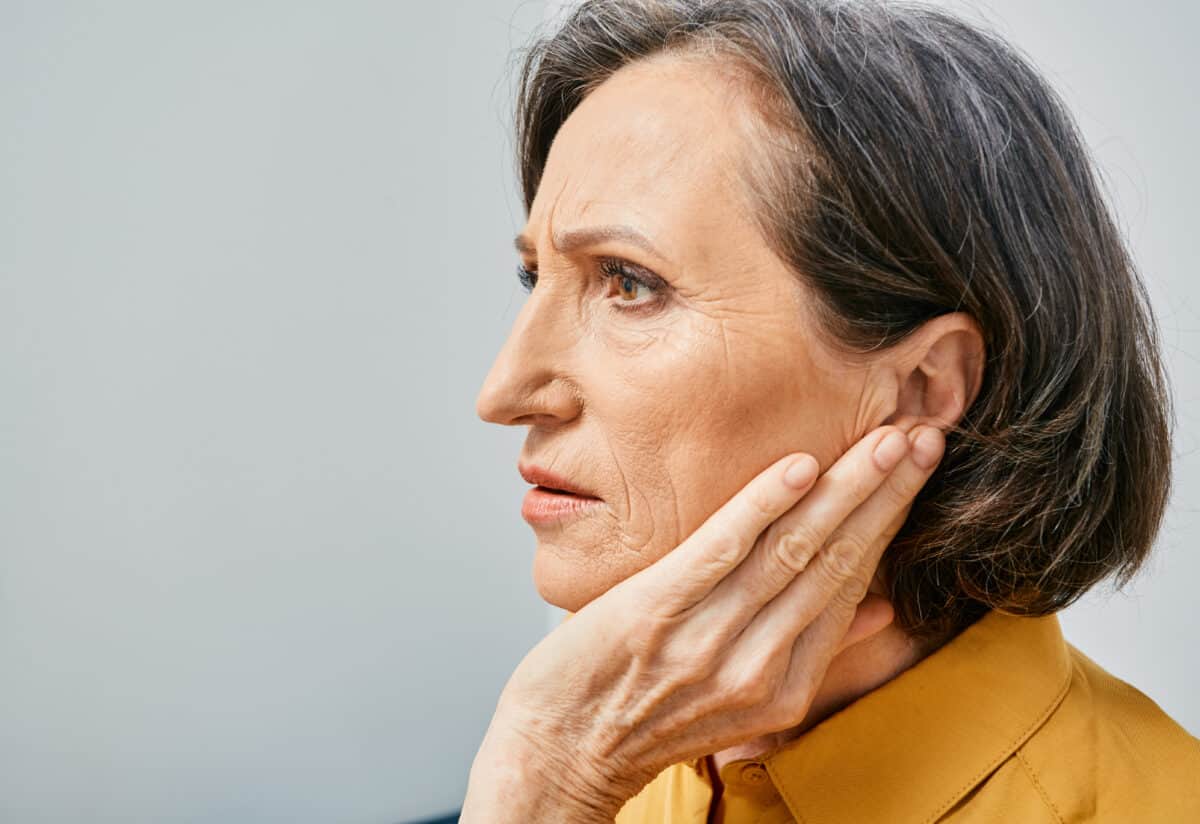Hearing loss is likely more common than you think. Nearly 1 in 6 people have some degree of impaired hearing. With over 48 million people living with hearing loss, this medical condition is the third most pervasive. Aging is often the most common cause people associate with hearing loss but there are numerous factors that can contribute to the development of imapired hearing. This includes strange or unexpected causes like smoking, airbags, and earbuds. It is important to be aware of these risk factors so that you can protect your hearing health and wellness.
Strange Causes of Hearing Loss
There are numerous causes of hearing loss which impact people of all ages. This includes stranger causes that you may not expect. Examples include:
- Smoking: Research shows that smoking increases the risk of hearing loss. This includes a 2019 study published in the Nicotine & Tobacco Research Journal. Researchers evaluated smoking behavior and hearing health for nearly 50,000 people (ages 20-64) over an 8 year period. Researchers found that compared to nonsmokers, smokers were:
- 60% more likely to develop high-frequency hearing loss
- 20% more likely to develop low-frequency hearing loss
This highlights a significant correlation between smoking and hearing loss. Experts suggest that smoking impacts the circulation of oxygen throughout the body, including the ears. Nicotine, the active ingredient in cigarettes, can restrict blood vessels which slows down the circulation of blood in the body including the ears. This results in the ears receive less oxygen which is needed to absorb and process sound effectively.
- Diabetes: you are likely wondering how diabetes and hearing health are related. Well, research also shows that diabetes can also increase the risk of hearing loss. A study published in the Annals of Internal Medicine investigated this correlation by collecting data on over 5,000 people with and without diabetes. Researchers found that among the participants with diabetes:
- 21% experienced a mild or greater hearing loss of low or mid-frequency sounds compared to 9% of adults without diabetes.
- 54% experienced a mild or greater hearing loss of high-frequency sounds compared to 32% of adults without diabetes.
- Adults with prediabetes had a 30% higher rate of hearing loss
Diabetes results in excess glucose staying in the bloodstream which can damage nerves and blood vessels throughout the body, including in the inner ear. This can prevent sound waves from being fully processed.
- Airbags: while airbags are incredibly important for safety and they save lives, airbags can be hazardous for the ears and hearing. One study showed that 17% of people involved in car accidents which activated the airbag, experienced hearing loss as a result. This can happen in a few ways including causing physical injury to the ear as well as emitting noise levels high enough to damage hearing.
- Earbuds: many of us use earbuds regularly. Earbuds have become part of everyday living and listening to audio. Whether it’s an audiobook, music, or a podcast; we are often using earbuds to listen. This is actually a common source of loud noise exposure, emitting noise levels that are hazardous for hearing health. Sound is measured in units referred to as decibels (dB) and sound above 85dB can damage hearing health. Earbuds, depending on the type and the source it is connected to, can reach levels near 100dB! This type of loud noise absorption can damage the hair cell in the inner ear. These sensory cells send auditory information to the brain which the brain is then able to further process. Damaged hair cells result in the brain receiving less auditory input, resulting in hearing loss.
- Heart Disease: both heart disease and hypertension (high blood pressure) can also increase the risk of developing hearing loss. Cardiovascular disease involves blood vessel damage that includes blockages or ruptures which can lead to heart attacks and strokes. Blood vessel damage also impacts blood flow which can affect the inner ear. Similar to diabetes, restricted blood flow results in reduced oxygen which is needed to absorb and process sound.
Fortunately, there are numerous ways you can reduce your risk of experiencing hearing loss. There is also a range of services, resources, and technologies you can access to support your hearing health. Contact us today to learn more!

